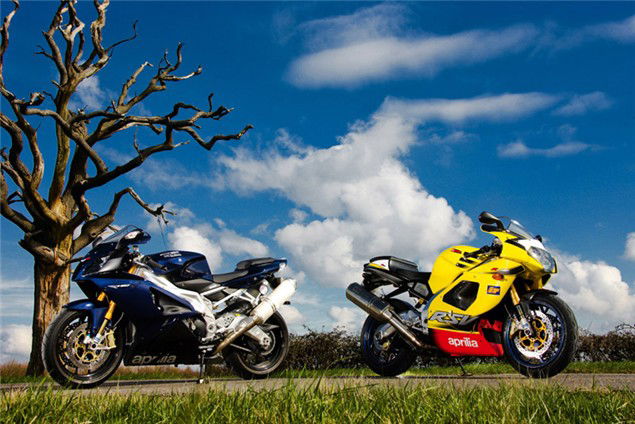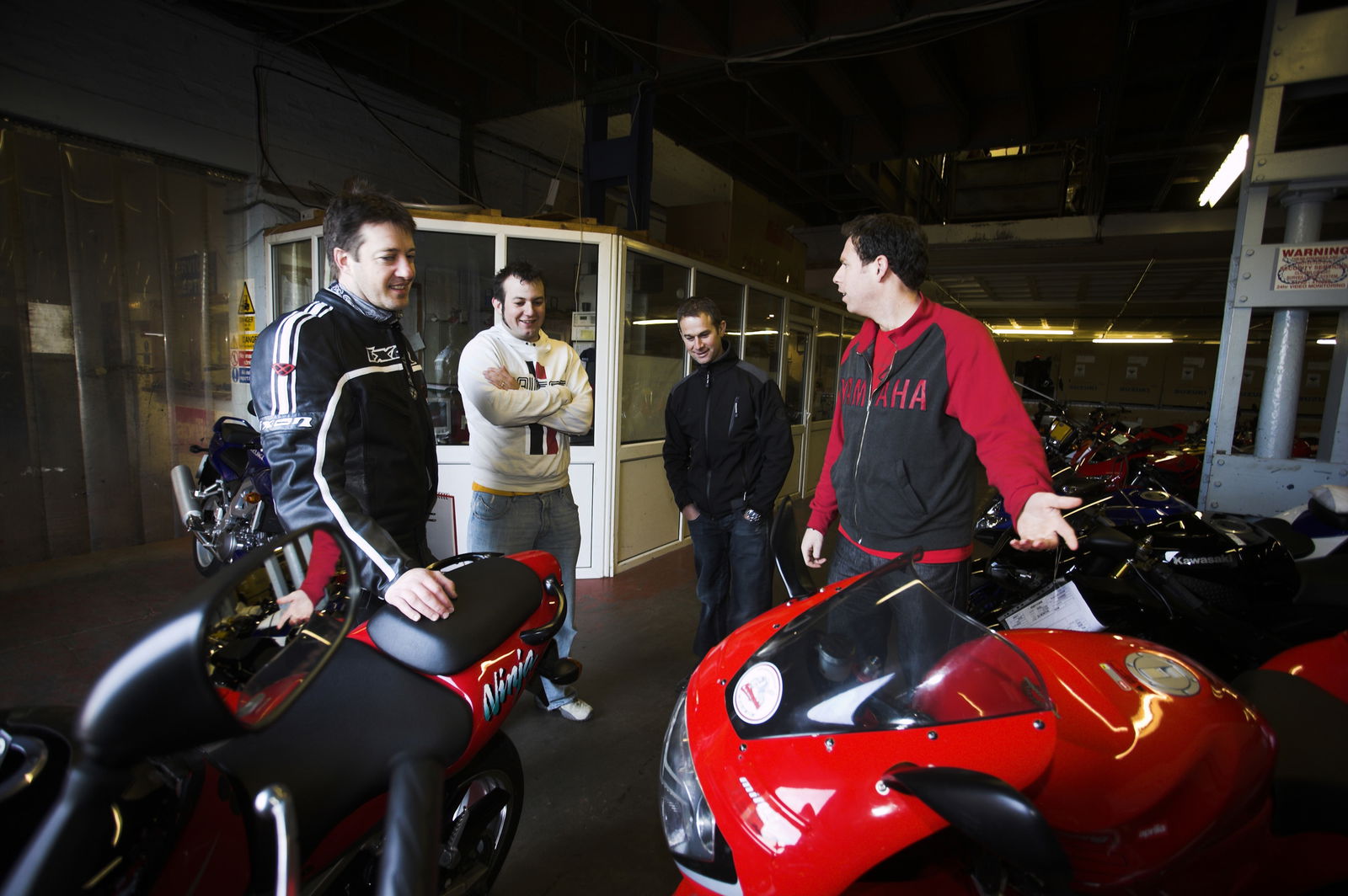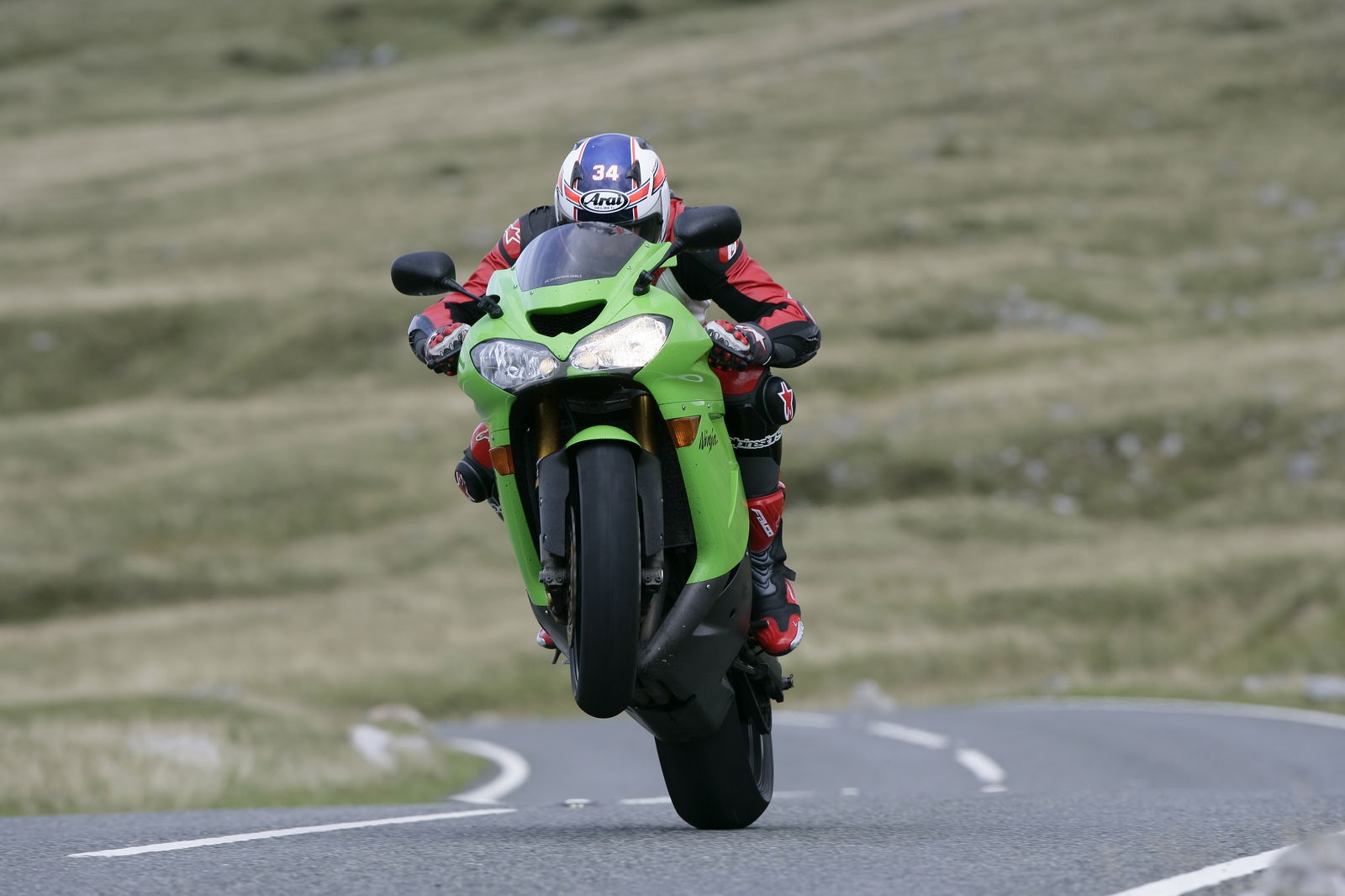King of the Twins - Aprilia RSV Mille
In 1998 Aprilia launched the fast and affordable RSV Mille. Now the V-twin has handed over its flagship status to the new RSV4, so we celebrate a decade of the UK’s favourite V-twin sportsbike


Click to read: Aprilia RSV Mille owners reviews, Aprilia RSV Mille specs and to see the Aprilia RSV Mille image gallery.
There aren’t many things capable of dragging me out of bed at 6.30am, but a low-mileage 2002 RSV-R is one of them. On hand to provide a secondhand, previous generation counterpoint to our box-fresh 2009 RSV-R, the yellow bike’s brand new Pirellis need scrubbing-in and, following the shift to British summertime, there’s sunshine on the Aprilia’s sparkling yellow paint as I slip the key into the ignition and prod the big twin into life. As early starts go, I’ve known worse. With a hint of protestation the starter motor gets to work and that distinctive 60° twin hammers into life, loud through the standard exhaust at this ungodly hour.
The bike’s size is shocking but welcome. I’m 6ft tall and not since BMW’s similarly generous R12000S boxer has a sportsbike been so immediately welcoming. As the idle speed soars with a little engine heat, I thumb the choke closed, switch on the lights (remember that?) and clunk into first. The heavy-ish hydraulic clutch pulses in my left hand. And we’re off.
The fuelling is beautifully smooth in town, taking up the slack between a trailing and positive throttle imperceptibly. The gearbox shifts slickly and finds neutral quickly when you need it. But the RSV-R lives for open back roads and, when we reach them, it’s easy to see why. The engine, though woefully underpowered (115bhp is typical) in this 2009 of KTM RC8Rs and Ducati 1198Ss, doesn’t feel slow in isolation, perhaps because this 2002 bike has a more linear (albeit ultimately less powerful) delivery than the later bikes.
The grunt is there almost regardless of gear choice, shoving the big bike forward with a strong, insistent surge that’s the sensible side of silly. Where today’s V-twins demand you tip-toe around their incendiary engines, taking up their hair-trigger throttles with kid gloves, the RSV lets you get stuck in, bringing in the power early and hard, grinning as you drop your head low to the big throttle bodies beneath the broad, buttercup-yellow plastic tank.
By the time I rendezvous with hired gun Jon Urry on the 2009 RSV-R, the 2002 bike and I have bonded, blasting off B-road crests with a careless abandon and sticking the Aprilia’s utterly trustworthy front end into big, dry roundabouts like we’re on a Troy Corser Superpole lap.

